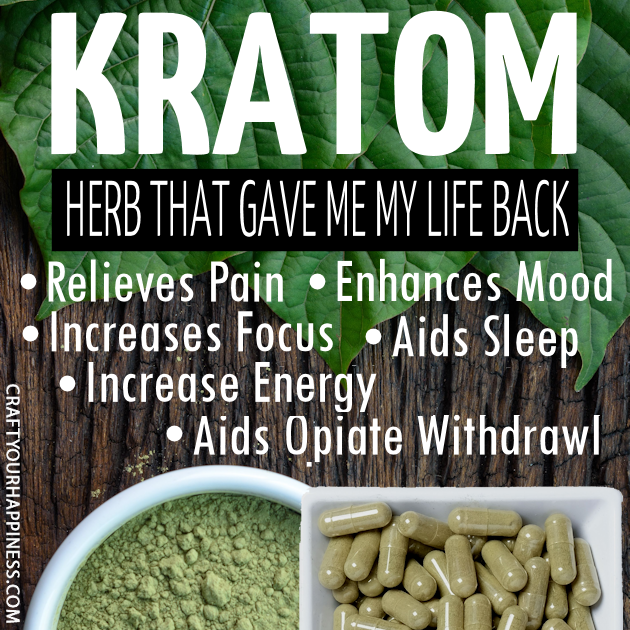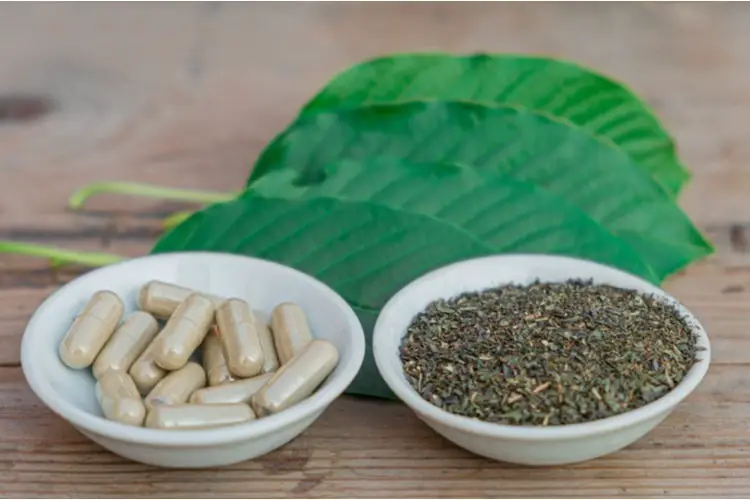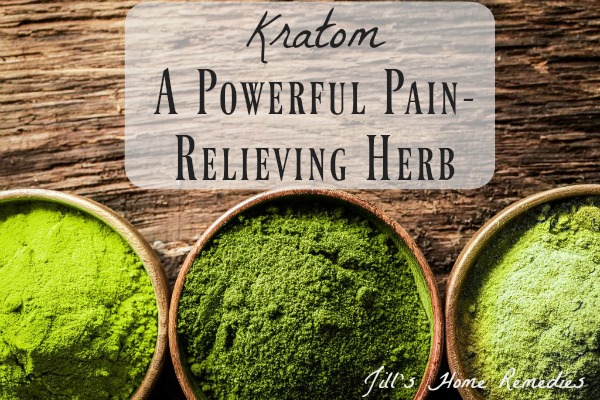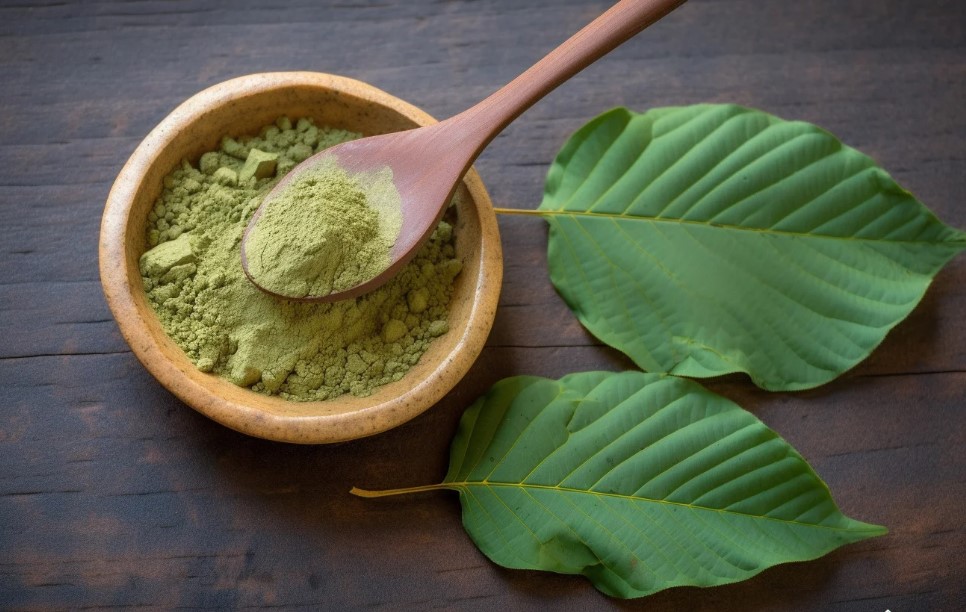Which Kratom Is Good For Pain

Millions are seeking alternatives for pain relief, and Kratom is increasingly discussed. But not all Kratom is created equal; understanding the strains is crucial for effective pain management.
This article cuts through the confusion, providing essential information on Kratom strains known for their analgesic properties, usage guidelines, and safety considerations. It's vital to navigate this complex landscape responsibly.
Understanding Kratom Strains for Pain Relief
Kratom, derived from the Mitragyna speciosa tree, contains compounds like mitragynine and 7-hydroxymitragynine. These interact with opioid receptors, producing pain-relieving effects. However, different strains have varying alkaloid profiles, influencing their effects.
Maeng Da
Maeng Da, originating from Thailand, is renowned for its potent effects. It is often cited as a top choice for pain relief due to its high alkaloid concentration. Users report significant pain reduction and increased energy levels.
However, its potency means it can also lead to more pronounced side effects if overused. Dosage control is critical with Maeng Da.
Red Bali
Red Bali is another popular strain known for its relaxing and analgesic properties. While not as stimulating as Maeng Da, it is excellent for those seeking a more calming approach to pain management. Many users find it particularly helpful for chronic pain and insomnia.
It's generally considered a good starting point for those new to Kratom. It is available at most Kratom vendor and relatively milder effects make it more manageable.
Red Borneo
Similar to Red Bali, Red Borneo offers potent pain relief and sedative effects. Its alkaloid profile is geared towards relaxation and easing tension, making it a suitable choice for evening use. Individuals struggling with both pain and anxiety may find Red Borneo especially beneficial.
Its effect is considered to be more balanced than Red Bali.
Other Strains and Considerations
Other strains like Red Thai and Green Malay may also offer pain relief. However, their effects can vary significantly from person to person. Factors such as individual body chemistry, dosage, and source of Kratom all play a role.
It's always best to start with a low dose and gradually increase it until the desired effects are achieved. Keeping records of each dosage's effect helps to determine your Kratom sweet spot.
Dosage Guidelines and Safety
Determining the right Kratom dosage is vital. The best dosage is different for each individual, depending on their age, weight, tolerance level, and the type of pain they are experiencing.
Start with a low dose, such as 1-2 grams, and gradually increase until you achieve the desired pain relief. Exceeding recommended dosages can lead to side effects such as nausea, constipation, and dizziness.
Long-term use of high doses can also lead to dependency. Consult with a healthcare professional before using Kratom, especially if you have pre-existing medical conditions or are taking other medications.
The Legal Landscape and Regulatory Status
The legal status of Kratom varies significantly by location. While it is legal in many states in the U.S., some states and cities have banned or restricted its use. Before using Kratom, make sure that is not illegal.
Internationally, Kratom's legality is even more diverse, with countries like Thailand and Malaysia having strict regulations. Always research the local laws and regulations regarding Kratom before purchasing or using it.
The lack of federal regulation in the U.S. means that product quality can vary widely. Purchase Kratom from reputable vendors who conduct third-party lab testing to ensure purity and safety.
Current Research and Future Developments
Ongoing research is crucial to fully understand Kratom's potential benefits and risks. Scientists are investigating the specific alkaloids responsible for pain relief and their mechanisms of action. Studies are also examining the long-term effects of Kratom use.
Advocacy groups like the American Kratom Association (AKA) are working to promote responsible use and educate the public. They are also pushing for regulation that protects consumers and ensures product quality.
Future developments may include standardized dosing guidelines and the development of safer, more effective Kratom-based medications. Stay informed about the latest research and regulatory updates to make informed decisions about Kratom use.
Taking Action and Seeking Guidance
The information provided here is for informational purposes only and is not a substitute for professional medical advice. Always consult with a qualified healthcare provider before using Kratom for pain relief.
Monitor your body's response to Kratom carefully, and be aware of potential side effects. Report any adverse reactions to your healthcare provider.
As research continues, keep abreast of new findings and regulatory changes. Informed consumers make safer choices.


















